Out of Town
Things To See And Do
Points of Interest
Skara Brae
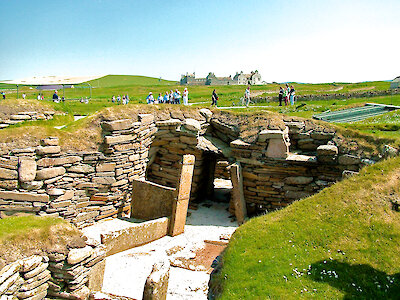
One of the best-preserved groups of prehistoric houses in Western Europe, the Neolithic settlement of Skara Brae, on Orkney’s west coast, was uncovered by a storm in 1850. With its ancient homes, complete with stone beds, hearths, dressers and seats, the village gives visitors a remarkable insight into life in the islands 5,000 years ago. There’s a replica house to explore, with the site’s visitor centre and exhibition providing touch-screen presentations, fact-finding quizzes and an opportunity to see artefacts discovered during archaeological excavations. The visitor centre also has a restaurant and shop. Admission fee.
Kirbuster Museum
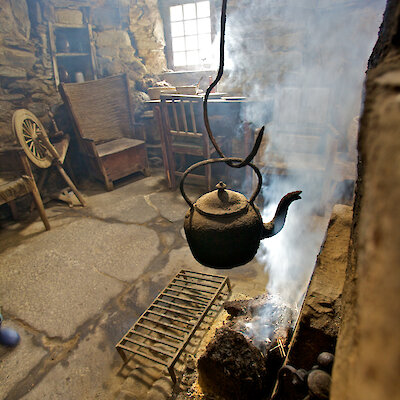
Kirbuster Museum was opened to the public in 1986. It is the last un-restored example of a traditional ‘firehoose’ in Northern Europe. The house has a central hearth, complete with peat fire, and a stone neuk bed reminiscent of the Neolithic interiors that can be seen at sites such as Skara Brae, Orkney. Kirbuster was occupied up until the 1960s and was once the home of the Spence and Hay families.
The site also has an Edwardian parlour and Victorian Gardens. The implement shed contains a collection of farming memorabilia and visitors can enjoy a game of putting on the green and explore the Trowie Trail in the back garden.
An excellent place to visit if you are researching your Orkney ancestry, to get a flavour of what life was like in Orkney in bygone years.
Opening Times: 1 March 2016 – 31 October 2016
Monday – Saturday, from 10:30 to 13:00 and 14:00 to 17:00.
Sunday, from 12:00 to 17:00.
FREE ENTRY
Fossil and Heritage Centre
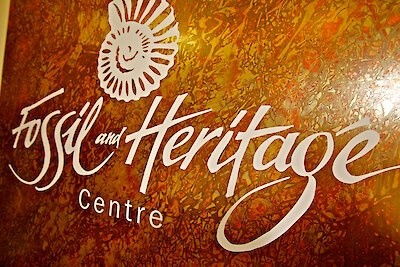
The wonderful and diverse array of items on show at the Fossil & Heritage Centre reflect a father and his sons' devotion to collecting fossils and objects used by Orcadians in daily life throughout the 20th century, including during the World Wars.
See Inside: https://goo.gl/maps/PfA1f9DWWrq
Churchill Barriers
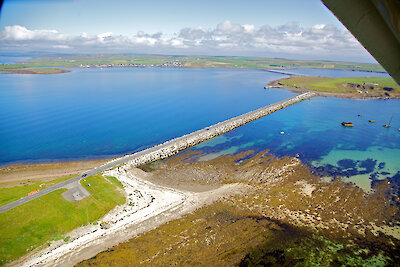
The Churchill Barriers are a series of four causeways, built during WWII to protect the British fleet, anchored within Scapa Flow. The causeways link the Orkney Mainland with the southern islands of Lamb Holm, Glimps Holm, Burray and South Ronaldsay. Work on the barriers began in 1940, on the orders of Prime Minister Winston Churchill and following the October 1939 sinking of HMS Royal Oak by German submarine U-47.
St Peter's Church
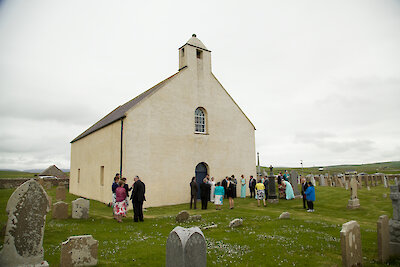
A rare survival of an unaltered Scots Parish Kirk of 1836. Located on the north side of the Bay of Skaill, half a mile from Skara Brae. A simple lime-washed building, the church's only exterior ornamentation is a low bellcote with a ball finial. The interior is dominated by a towering pulpit reaching to gallery height, flanked by round-headed windows.
The Smiddy Museum
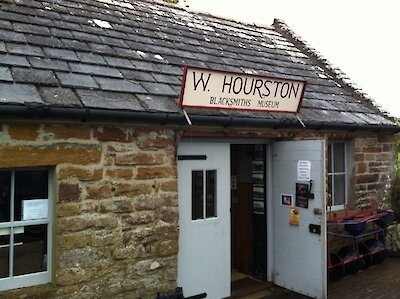
The village smithy in St Margaret's Hope has been turned into the Smiddy Museum and houses a fine display of tools and artefacts, which the blacksmith would have used in his work. Horse harnesses hang from the walls and there are strange-looking pieces of equipment on the floor.
As well as the blacksmith's tools, there is an interesting collection of archive photographs which show local events, island life and items of interest, as well as school photographs.
ADMISSION £2
Maeshowe
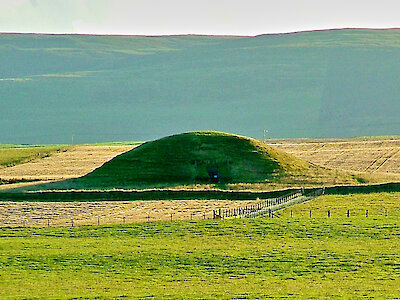
Maeshowe is some 5,000 years old and regarded as the finest chambered tomb in northwest Europe. The tomb’s narrow entrance passageway, constructed using huge slabs of Orcadian stone, is aligned with the setting sun of the Winter Solstice, which illuminates the interior of this awe-inspiring monument. When Viking crusaders broke into the tomb in the 12th century, they left their mark on its walls in the form of runic graffiti and the famous Maeshowe Dragon. The tomb lies within the UNESCO Heart of Neolithic Orkney World Heritage Site. Admission fee.
The Italian Chapel
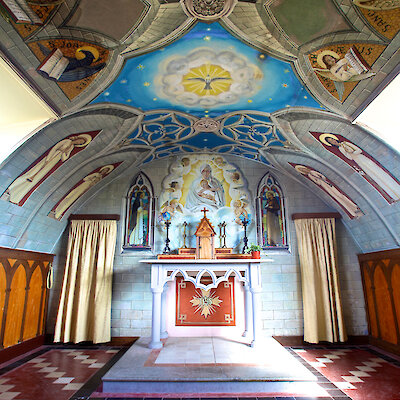
A breathtakingly beautiful Roman Catholic chapel, built on the island of Lamb Holm during WWII by Italian POWs working on construction of the Churchill Barriers. Adapted from a prison camp hut, the chapel contains stunning religious artwork created by the POWs. Now the most popular visitor attraction in Orkney. Small admission fee.
Orkney Brewery
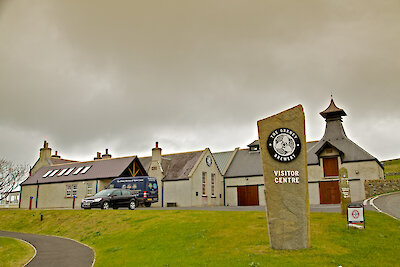
The Orkney Brewery invite you to share our craft at our award-winning, family-run visitor centre. Formerly a Victorian schoolhouse, there’s no better place to learn about the history of brewing and our particular craft. Kids will love dressing up in Victorian school uniform on the childrens’ tour. Adults will enjoy finding out how our wonderful, hand-crafted beers are made.
Standing Stones of Stenness
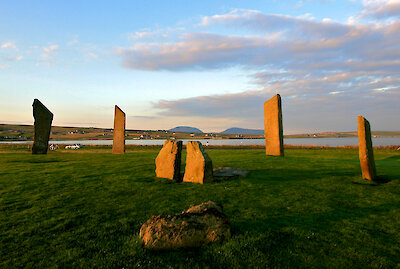
At over 5,000 years old, the Standing Stones of Stenness is one of the earliest stone circles in the British Isles. Today the site consists of four upright stones up to 6m in height in a circle that originally held 12 stones. The focus of the interior was a large hearth. The stones were encircled by a large ditch and bank, the form of which has been lost over time by ploughing. Free entry.
Ring of Brodgar
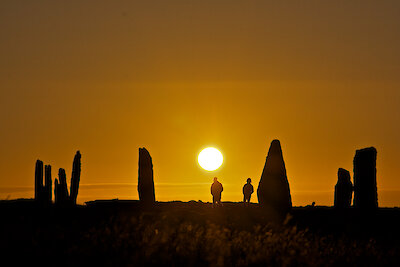
Dating back to the 3rd millennium BC, the Ring of Brodgar stone circle and henge is an enormous ceremonial site consisting of 36 surviving megaliths, over a dozen prehistoric burial mounds and a large, rock cut ditch.
Situated in Stenness, close to the on going and internationally important archaeological excavations at the Ness of Brodgar, the site is older than Stonehenge and is the third largest stone circle in the British Isles.
The Ring of Brodgar is part of the Heart of Neolithic Orkney World Heritage Site, a series of important domestic and ritual monuments built 5000 years ago in Orkney. Admission to the site is free.
Corrigall Farm Museum
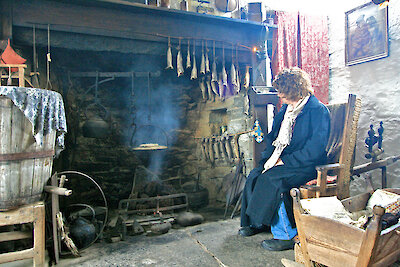
Corrigall Farm Museum is a traditional ‘but and ben’ laid out as a typical Orkney farmhouse and steading in Victorian/late 19th century period. The site has a working barn, grain kiln, horse-drawn machinery and livestock, making an interesting visit for children and adults.
Opening Times: 1 March 2016 – 31 October 2016
Monday – Saturday, from 10:30 to 13:00 and 14:00 to 17:00.
Sunday, from 12:00 to 17:00.
FREE ENTRY
Broch of Gurness
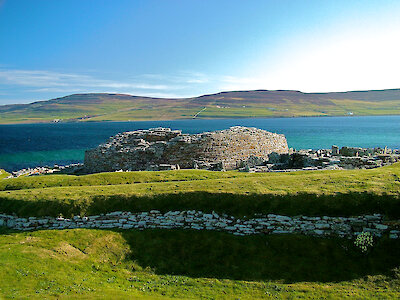
The Broch of Gurness is an impressive broch settlement dating from around 200BC. Excavated in 1929, the broch has a large central building with many smaller dwellings/buildings and ditches surrounding it.
Scapa Distillery & Visitor Centre
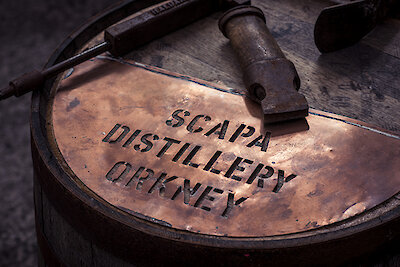
Enjoy a fascinating tour of this historic distillery. Our guides make the tours personal, sharing their passion and knowledge of this boutique distillery. Our four star visitor attraction is situated on the shore of Scapa Flow, a natural harbour and one of Britain’s most historic stretches of water.
Tours can be booked by contacting us on 01856 873269. We look forward to meeting you.